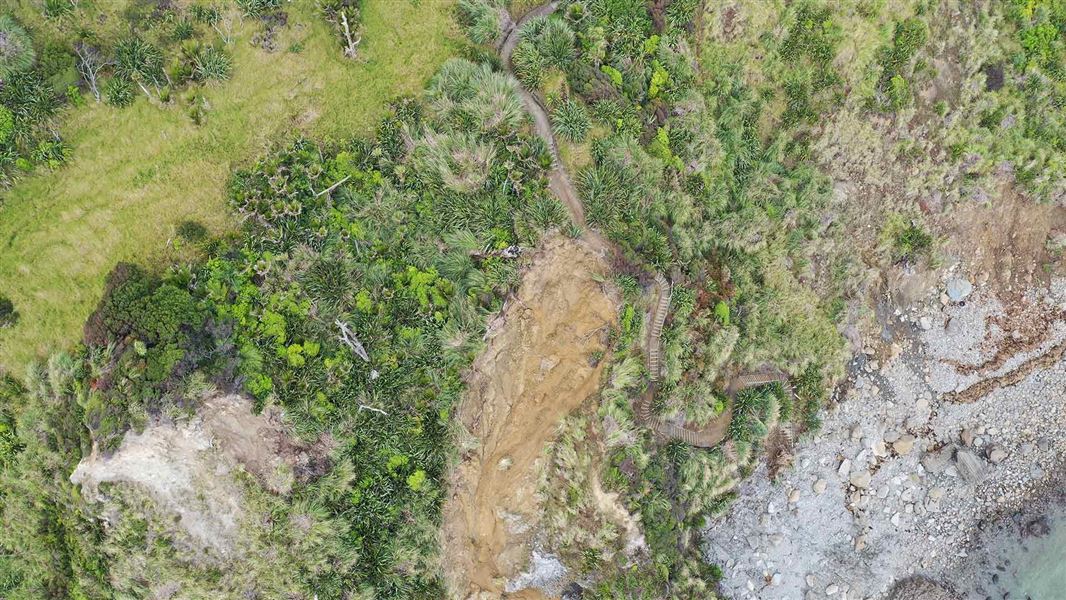The decision to invoke the Retailer Reliability Obligation for South Australia alone is likely to put upward pressure on electricity prices for the State, according to the Australian Energy Council.
The Australian Energy Council’s Chief Executive Sarah McNamara said the obligation was designed to only be invoked by the independent Australian Energy Market Operator and Australian Energy Regulator.
“Investment confidence comes from market decisions made independently of government.
“For that reason industry opposed granting South Australia with this discretionary interventionist power. It distorts the market and increases risks and costs for market participants.
“No short fall in meeting the Reliability Standard has been identified by the market operator for South Australia, so it is difficult to understand the rationale for this decision.
“South Australia, even with the retirement of the Osborne and Torrens Island A power stations, will have sufficient electricity supply to reliably meet the needs of electricity customers. This is likely to improve further with the expected approval of the Energy Connect interconnector to New South Wales.
“The Retailer Reliability Obligation was designed to forecast three years out any shortfall in supply to give retailer enough time to source additional supply.
“Imposing this additional burden means retailers will need to have additional contracts in place by January next year or potentially face penalties. This will have an impact on retailers and retail competition in the State.
“This kind of intervention will affect energy companies’ planning, purchasing, building and contracting strategies, and will lead to businesses inefficiently allocating capital and spending money to address risks which are not presently being forecast. These costs will ultimately be worn by customers.”
About the Australian Energy Council
The Council represents 23 major electricity and downstream natural gas businesses operating in competitive wholesale and retail energy markets. These businesses collectively generate the overwhelming majority of electricity in Australia and sell gas and electricity to over 10 million homes and businesses.








